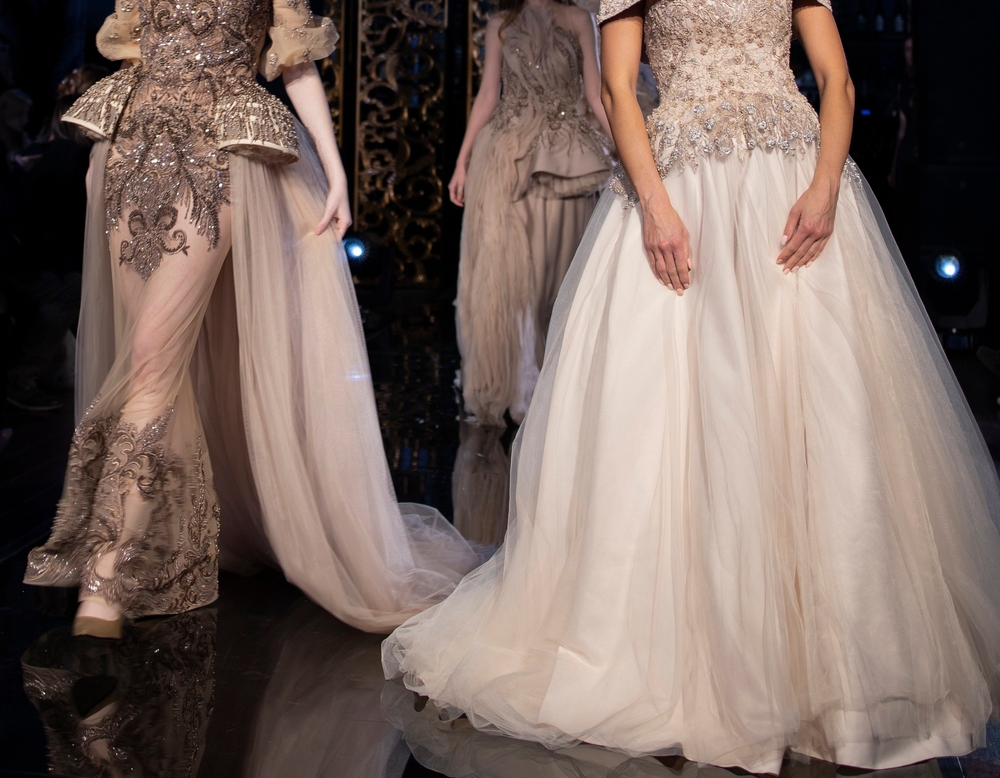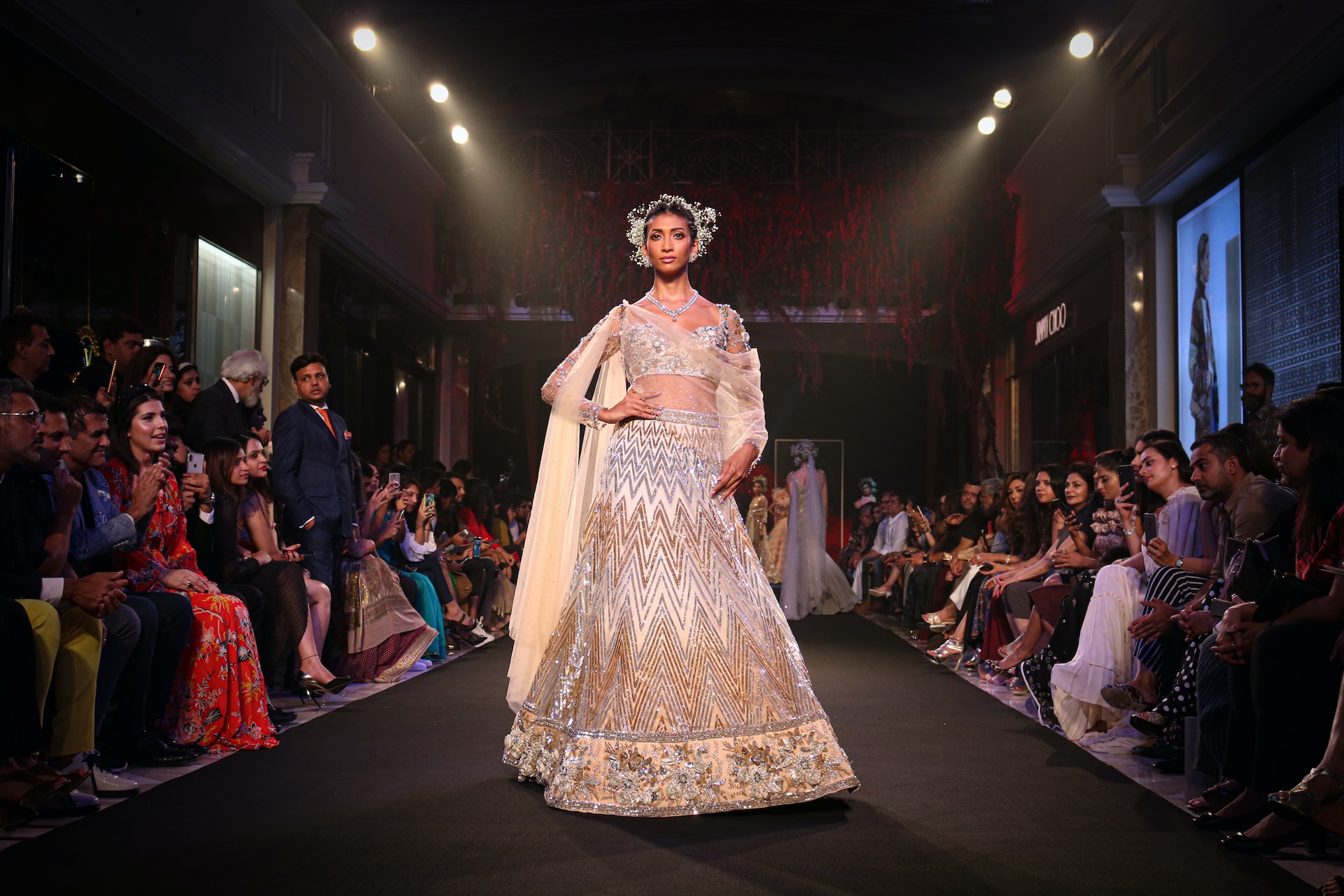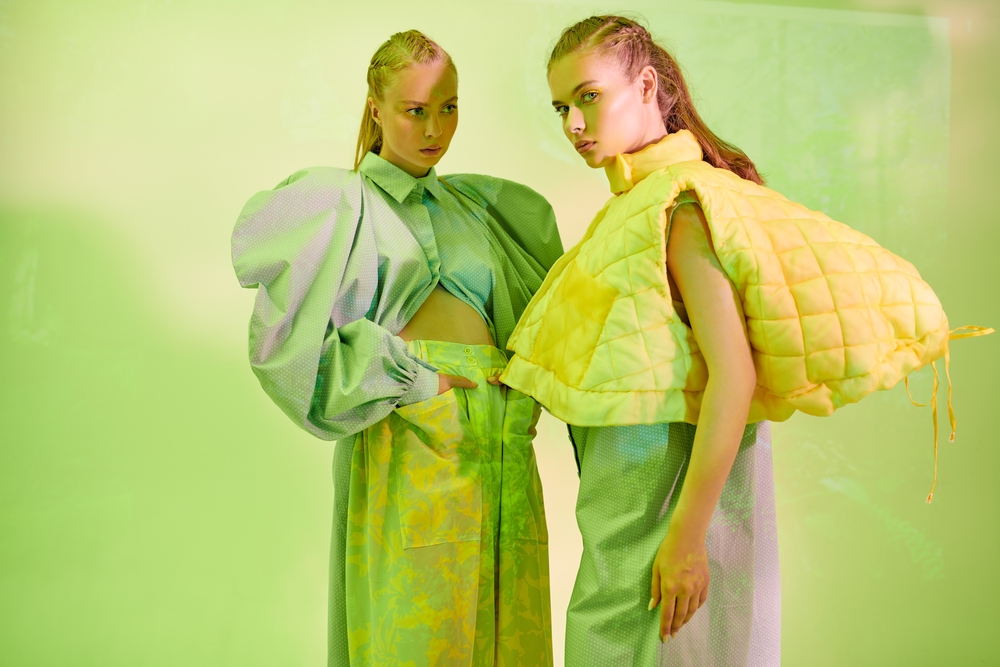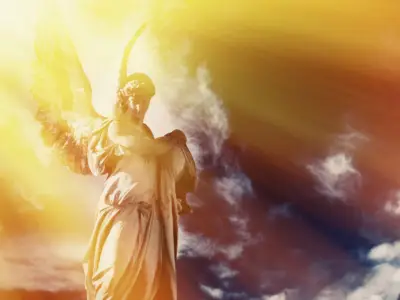Haute couture represents the pinnacle of fashion design and construction. In this article we explore the origins of high fashion—from the rising affluence, cultural shifts, and demand for luxury goods that opened doors for the first elite fashion houses through haute couture's formal establishment and the building of seminal brands that still influence today's runways.
Jump to:

The Birth of Haute Couture
The principles of bespoke fashion took shape in the mid-1800s under pioneers like Rose Bertin who was a dressmaker to Marie Antoinette, and Charles Frederick Worth, who was widely considered the father of haute couture. Worth stood apart by advancing both the business and creative sides of fashion. He started running an elite house centred around his signature aesthetic vision and client relationships instead of made-to-order copies of samples.
He created personalised and beautifully detailed gowns for a select clientele following intimate consultations on preferred styles, custom fittings and follow-ups during the execution of the garment. For Charles Frederick Worth, it wasn’t just about constructing garments, he created a luxury experience that communicated the client’s wealth and status. He set the precedent for the presentation, selectively, pricing and idolisation defining couture houses then and now.
In contrast, ready to wear fashion produced in mass didn’t exist until sewing machines enabled factories to quickly generate affordable, trend-focused clothes for mainstream buyers. Early on, haute couture garments were differentiated by their painstaking hand craftsmanship, rare imported fabrics, precision tailoring to the client, limited quantities, astronomical prices that restricted access to elites, and overall air of privilege and exclusivity surrounding couturiers and their private salons.
Recommended for you!
Best SellersThe Role of Paris
By the late 1800s, Paris was the undisputed capital of high fashion. Wealthy patrons and designers would travel from across Europe, Russia and America to the city to discover the latest trends in luxury.
There were a few factors that cemented Paris as the heart of couture culture. It had a long legacy of fashion craftsmanship that persisted through the French Revolution; highly skilled seamstresses trained in specialty techniques, developing an expertise that enabled the meticulous construction and detail haute couture is known for.
Key institutions like the Chambre Syndicale de la Haute Couture, founded in 1868, set standards and regulations governing couture. Having this governing body and system of apprenticeship cemented Paris as the arbiters of haute couture on the world stage. Even today, though major houses exist worldwide, the Paris Fashion Week calendar revolves around haute couture debuts. The city remains the cultural homeland of high fashion artistry.

Characteristics of Haute Couture
Haute Couture conveys luxury, quality and exclusivity, setting it apart from ordinary garments, but to be officially recognised as haute couture, a fashion house needs to meet specific criteria set by the Chambre Syndicale - the governing body for the French Fashion industry.
Firstly haute couture houses design made-to-order for private clients, with a minimum of 15 people on staff for executing fittings and construction by hand. From the initial consultation and measuring through multiple fittings, the pieces undergo an exceptionally meticulous process to ensure details are executed perfectly.
Their ateliers (the designers workshops) only use the finest fabrics and embellishments with no constraints on expense. They’ll incorporate various silks, leathers, and furs that have been created through specialised techniques that are no longer commonly used in ready-to-wear production. Beyond the material selection, couture-level quality depends on precision cutting, stitching, seam finishes, structural support and overall tailoring that’s absent in everyday clothing.
Haute Couture also implies strict exclusivity produced in very limited quantities, with some one-of-a-kind show pieces being the only creation of their kind in existence. With personalised tailoring starting at a price of approximately £7,500, haute couture pieces are limited to a highly affluent clientele. This exclusivity isn’t just reflected in the actual garments but also in the overall shopping experience, as most houses operate on an appointment-only basis.

Evolution Over Time
In the Victorian era, haute couture challenged social norms with its exquisite designs and craftsmanship. The opulence of the Victorian period set the stage for the birth of haute couture, where tailors transformed garments into works of art. As the 1920s arrived, couturiers were quick to capture the spirit of rebellion and extravagance, creating garments that echoed the glamour of the Gatsby era.
Post World War II, haute couture experienced a rebirth. Christian Dior's revolutionary 'New Look' in the late 1940s signalled a return to luxury and femininity, marking a departure from the utilitarian wartime fashion. The 1960s brought a burst of creativity, with couture designers like Yves Saint Laurent and Pierre Cardin embracing the vibrant, youthful energy of the era. Mini-skirts, bold patterns, and unconventional styles became the hallmarks of this period.
The 1990s was an era of minimalism marked by designers like Calvin Klein and Gianni Versace. Clean lines, subdued colours, and simplicity dominated the runway. However, as the 21st century arrived, new designers appeared, such as Karl Lagerfeld for Chanel and Alexander McQueen, reshaping haute couture with modern renaissance.
Today, designers like Iris van Herpen blend traditional craft with 3D printing and other digital design tools. Sustainable practices and inclusivity are also in the spotlight and haute couture is leading the charge, continually evolving to meet the needs of a conscious and diverse audience.
As a pinnacle of fashion, haute couture has stood the test of time and continues to influence our style preferences in the present and future. If you have a desire to learn more about the history of fashion, consider enrolling on our History of Fashion Diploma course for just £29 where you’ll study about early and middle age vintage fashion to the 19th century, haute couture and beyond.













